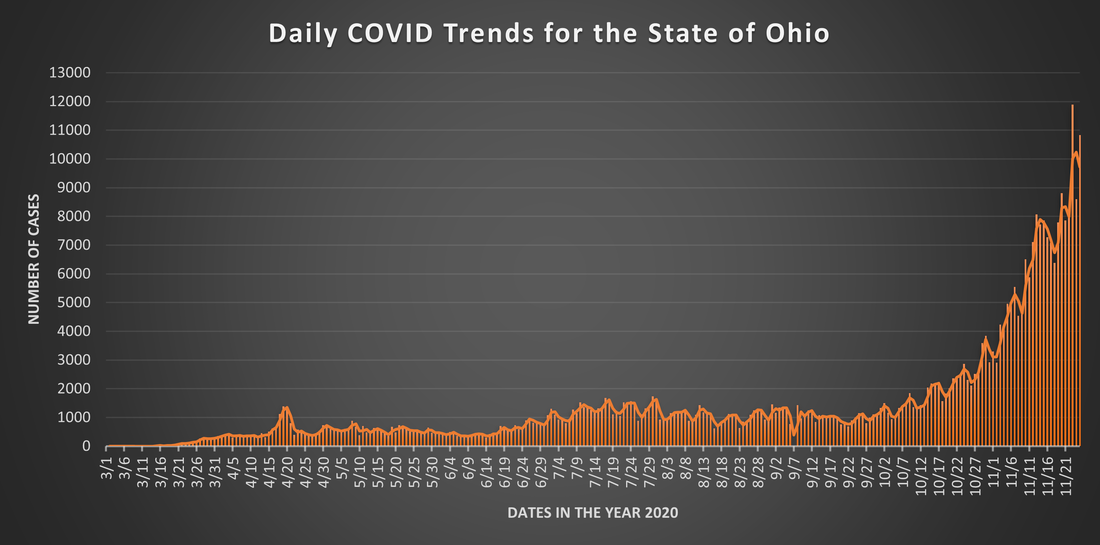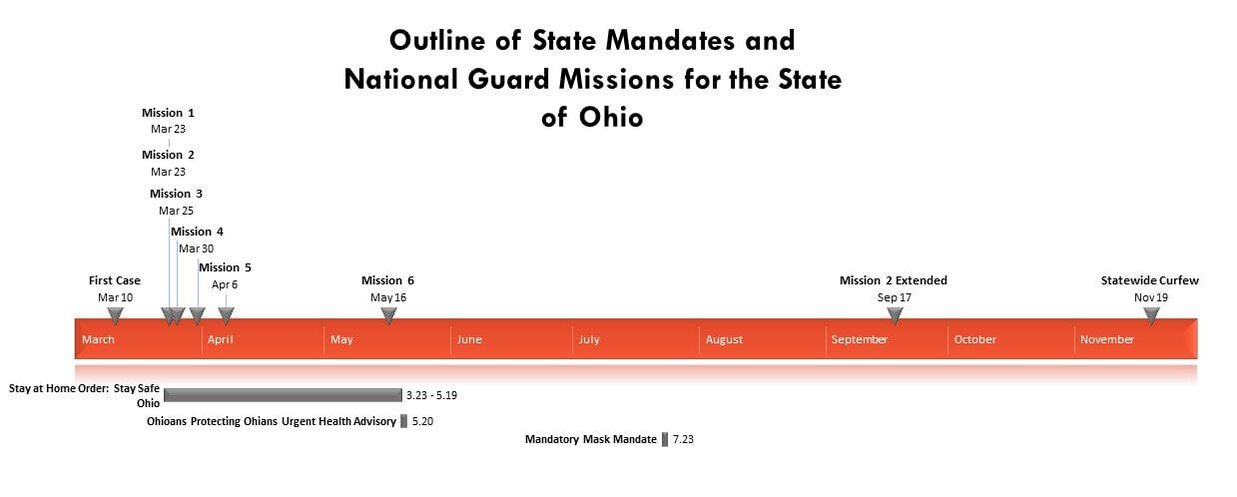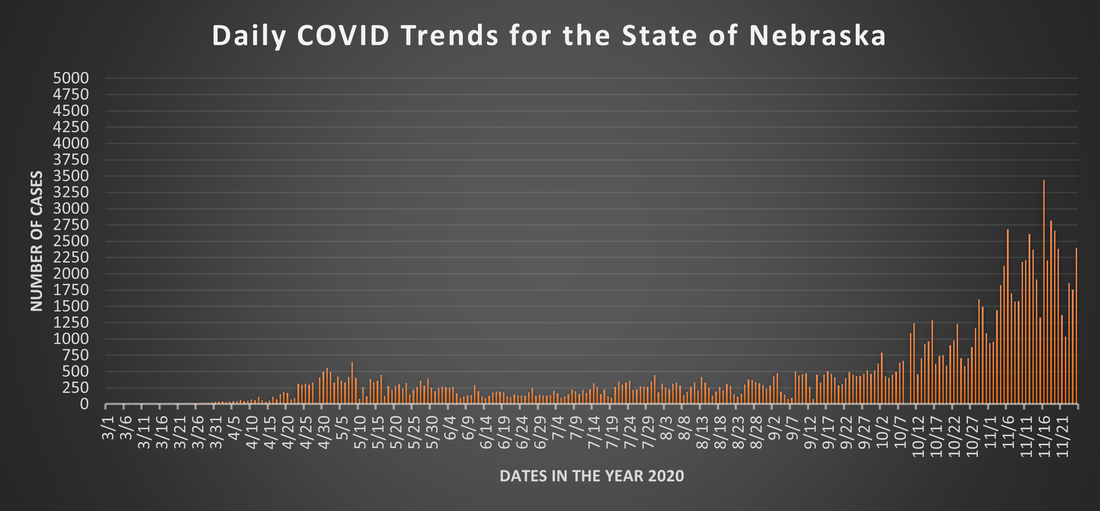What is the National Guard?
The National Guard is a component of the US military that serves under state government as provided by the US constitution. All 50 US states, the District of Columbia, and most US territories have their own National Guard. The Army National Guard is the oldest component of the US armed forces. Members are trained the same as normal Active Duty and Reserve Army components. Once trained, Army National Guard members typically work part-time, averaging two days a month and two weeks a summer. National Guard soldiers hold a unique dual mission based on the needs of the state and federal governments. "Always There, Always Ready" is their motto due to the nature of their dual mission. Forces can be activated under state leadership for domestic missions or by the federal government for overseas deployments or national emergencies.
The National Guard and COVID-19
Across the Nation
As many know, federal response to the Coronavirus Pandemic in the US has been very limited. Due to this, public health response has mostly been left to state governments. This is a major reason that so many states have subsidized aid with their state National Guard force. For an outline of what the federal government did do, see the link below.
All 50 US states, Washington DC and some US territories activated components of their National Guards for the purpose of aid in response to the COVID-19 pandemic. The federal government has allowed each state to organize their own responses under their governors and state public health departments.
Just some of the missions assigned to National Guard Members include:
Just some of the missions assigned to National Guard Members include:
- Humanitarian Efforts at Foodbanks
- Delivering and Distributing Food
- PPE Collection
- PPE Supply Chains
- COVID-19 Testing
- COVID-19 Test Couriers
- Supplementary Care at Correctional Facilities with High COVID-19 Rates
- Supplementary Care at Long-Term Care Facilities with High COVID-19 Rates
- Building Additional Medical Care Infrastructure
States of Focus
The states of Ohio and Nebraska were picked as the primary study locations due to the ability of the researchers to contact National Guard Soldiers in these states for ethnographic study. Outlined below are the state level responses to COVID-19, infection rates, and assignments of the National Guard within each state.
Important Note: Much of the information is incomplete. For many reasons, the National Guard and the US military are not always transparent in the release of data and timelines of events, especially those that are currently impacting state and national security as well as the safety of their own Soldiers and Airmen. The information below is an outline and is compiled from many news media sources, state departments, the CDC, the National Guard Bureau and press releases.
Important Note: Much of the information is incomplete. For many reasons, the National Guard and the US military are not always transparent in the release of data and timelines of events, especially those that are currently impacting state and national security as well as the safety of their own Soldiers and Airmen. The information below is an outline and is compiled from many news media sources, state departments, the CDC, the National Guard Bureau and press releases.
Ohio
The state of Ohio currently has more than 16,000 National Guard members. This is the Nation's 4th largest National Guard. The state's response has utilized Army, Air Force, and Military Reserve National Guard members. This joint task force has been employed under Operation Steady Resolve.
|
|
The first known cases of COVID reached the state of Ohio in early March. Governor, Mike DeWine, and former Director of the Ohio Department of Health, Dr. Army Acton, began a statewide response in mid-march. Governor DeWine processed paperwork for activation of the Ohio National Guard (ONG) on March 18th.
Based on the rates daily rates of COVID alone, it can be seen that the State's action's so far have been inadequate to control the spread of COVID-19. |
|
Mission 1: Joint Task Force 37 Headquarters ~ 30 personnel Task: Planning group behind all COVID related ONG missions and coordination of support. Mission 2: Food Bank Support ~500 total personnel Task: Food transport and distribution and support of warehouses. Mission 3: Personal Protective Equipment collection ~30 personnel Task: Logistical control and collection of PPE for healthcare workers. Mission 4: Medical Surge Capacity ~ 15 personnel Task: Determine requirements for increased medical infrastructure based on the state's anticipated need for increased medical facilities. |
Note: The majority of events above do not have set end dates and are ongoing. Data could not be found for changes in personnel staffing of these missions, however, between March and November, ethnographic data has proven that there has been a large decrease in the number of activated ONG personnel on most these missions.
Mission 5: Prison Support
~ 300 total personnel Task: Supplemental medical personnel and guards for state correctional facilities with outbreaks. This mission has many individual missions within it. Mission 6: COVID-19 Testing No personnel number provided. Task: Primarily started as a test teams for Long-Term Care Facilities and has continued to test these facilities. Testing in these facilities has somewhat decreased and some medical teams have transitioned more to public testing. |
Nebraska
The Nebraska National Guard is significantly smaller than the ONG, with approximately 4,400 total soldiers and airmen. This size difference makes sense considering that about 9.7 million more people live in the state of Ohio.
|
The state of Nebraska has organized their COVID-19 testing force under the Test Nebraska program organized by state government. Initially, free testing was run by the National Guard, but as of July 1st, most Guard teams had been released from active duty and the only remaining ones worked to train civilians on the process. As with most states, the NE National Guard also had soldiers helping with PPE collection and distribution as well as humanitarian efforts such as food bank labor.
|
Timeline
04.21: Nebraska Governor Ricketts initiates Test Nebraska Program
05.09: Nebraska activates National Guard for mobile testing sites under Test Nebraska Initiative
05.31: Nebraska Governor Pete Ricketts activated about 400 more Nebraska National Guard members to providing safety and protection to Nebraskans across the state taking part in new program.
06.01: Soldiers and airmen from the Guard staffing testing sites and transporting medical supplies.
07.01: Full Nebraska guard teams no longer activated to provide testing but a small group still present to provide training and knowledge for program campaign
05.09: Nebraska activates National Guard for mobile testing sites under Test Nebraska Initiative
05.31: Nebraska Governor Pete Ricketts activated about 400 more Nebraska National Guard members to providing safety and protection to Nebraskans across the state taking part in new program.
06.01: Soldiers and airmen from the Guard staffing testing sites and transporting medical supplies.
07.01: Full Nebraska guard teams no longer activated to provide testing but a small group still present to provide training and knowledge for program campaign



